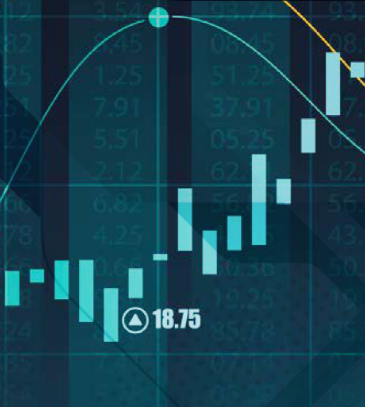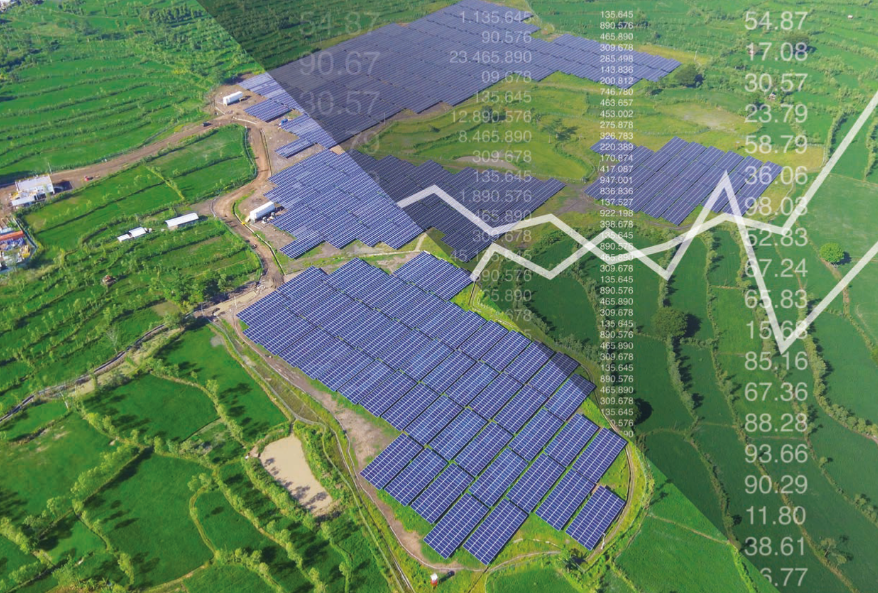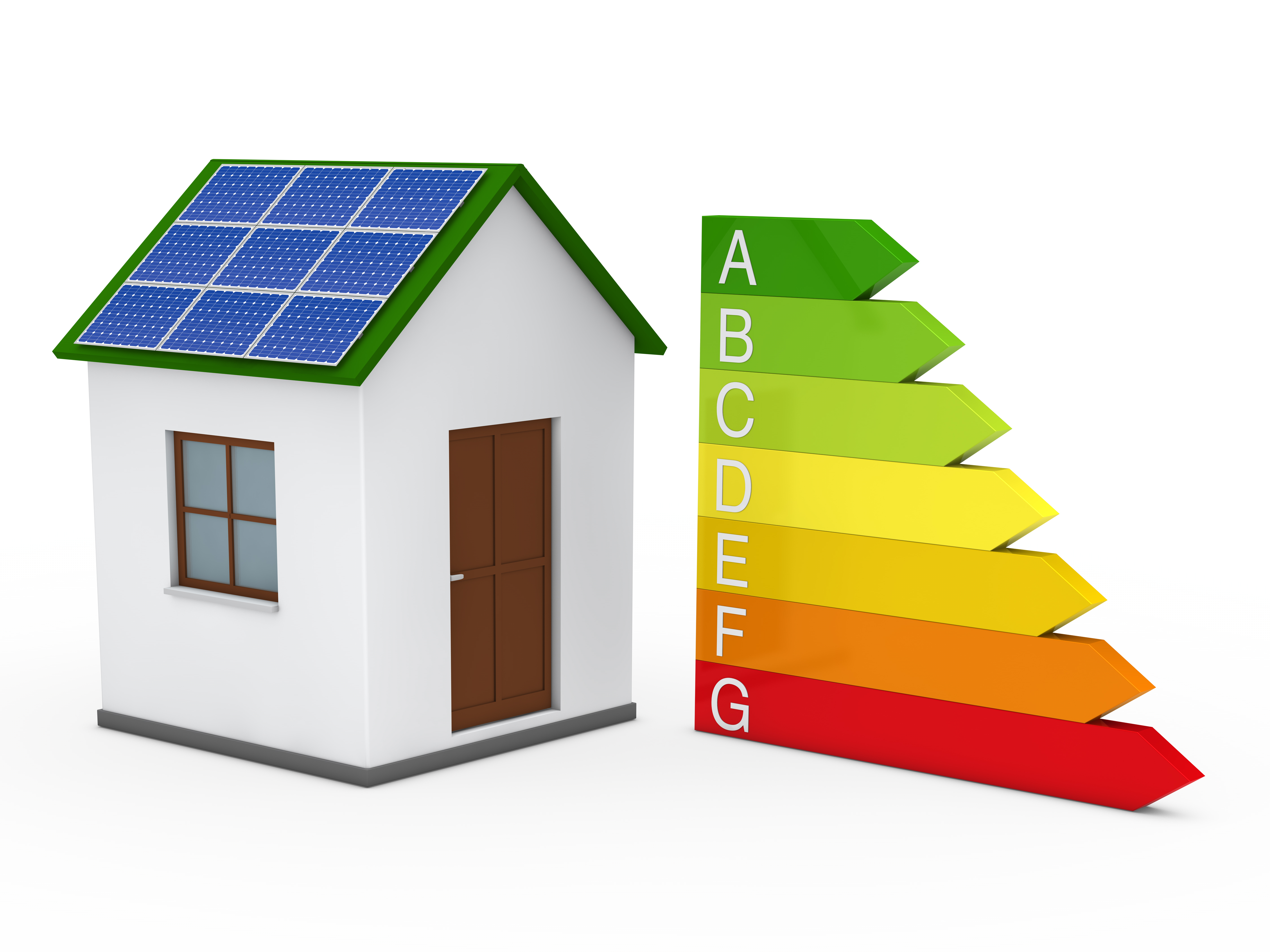
Transition finance: Investigating the state of play
“Transition finance” is gaining traction among governments and market participants, as we work towards the progressive lowering of emissions in high emitting and hard to abate sectors. This paper reviews 12 transition relevant taxonomies, guidance and principles by public and private actors, as well as 39 transition relevant financial instruments (vanilla transition bonds, key performance indicator-linked fixed income securities).
Read the report 









